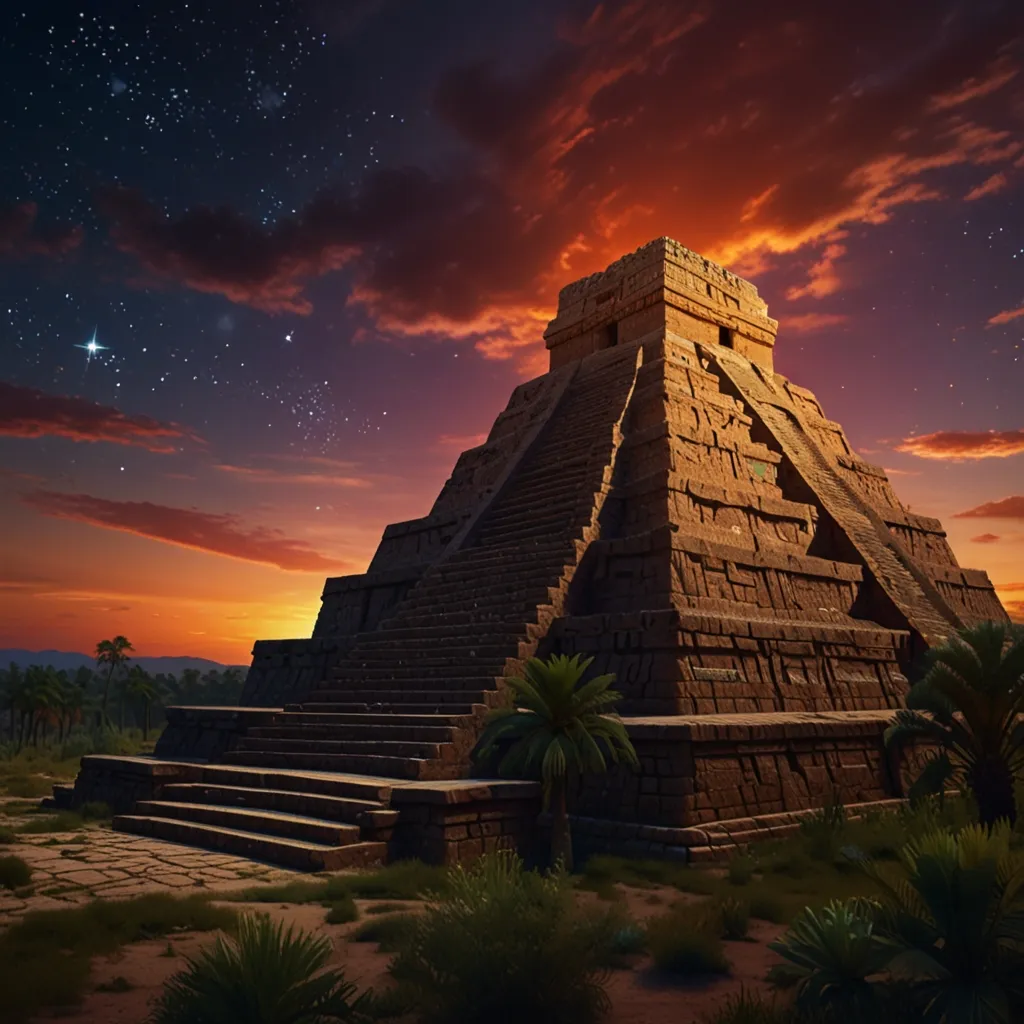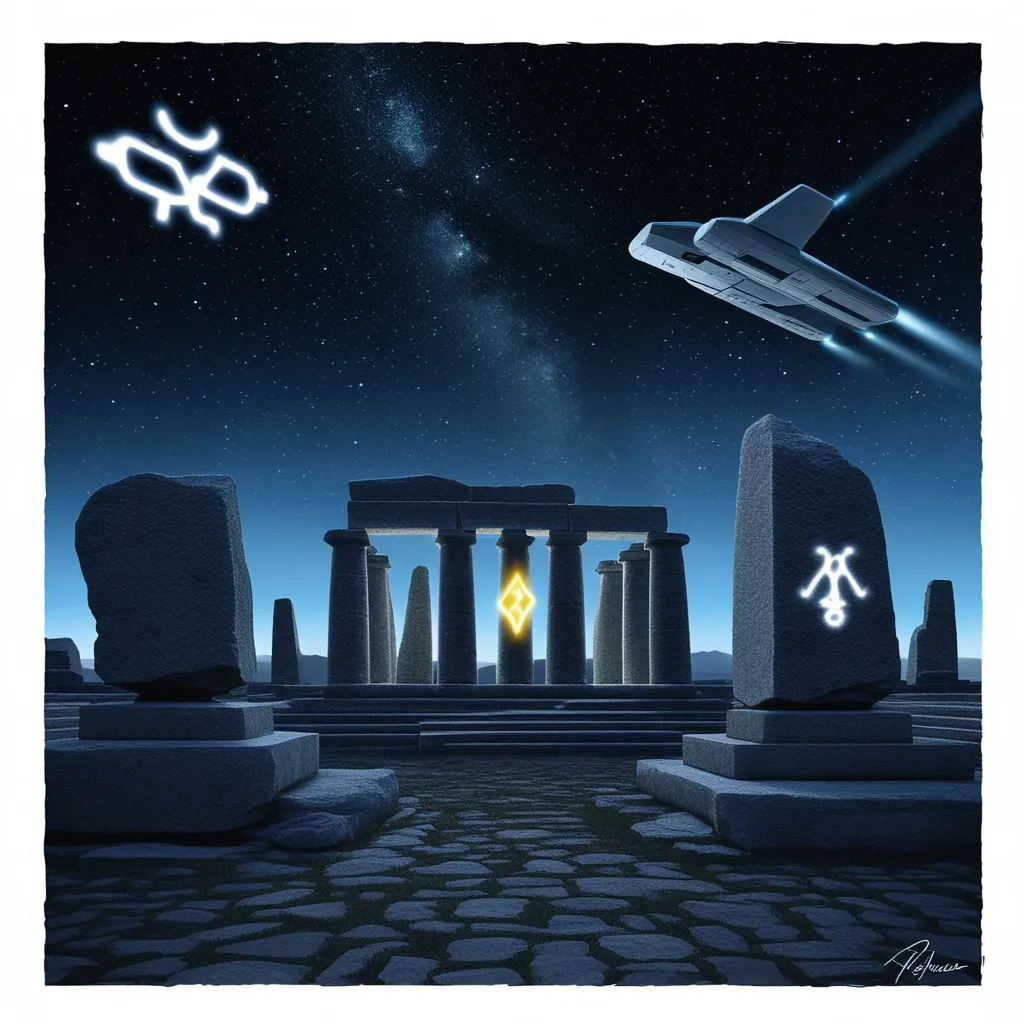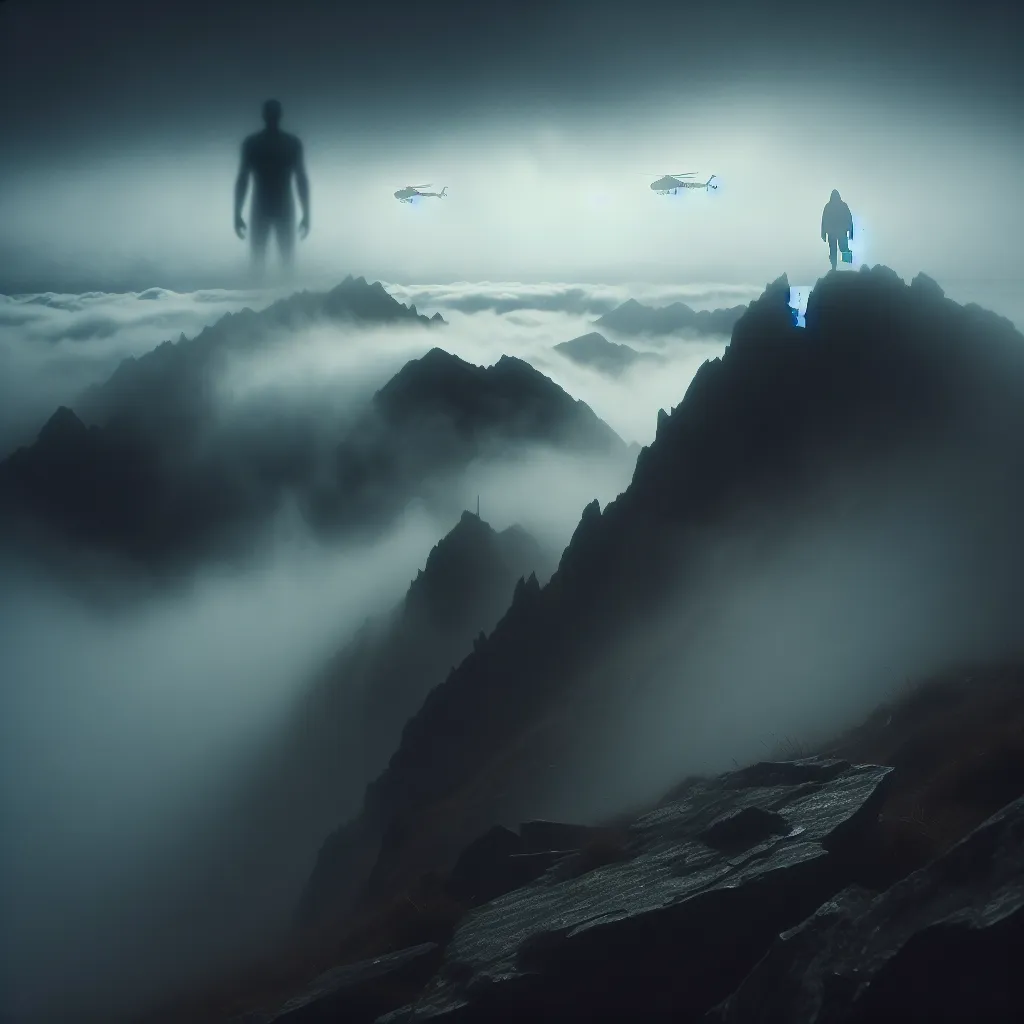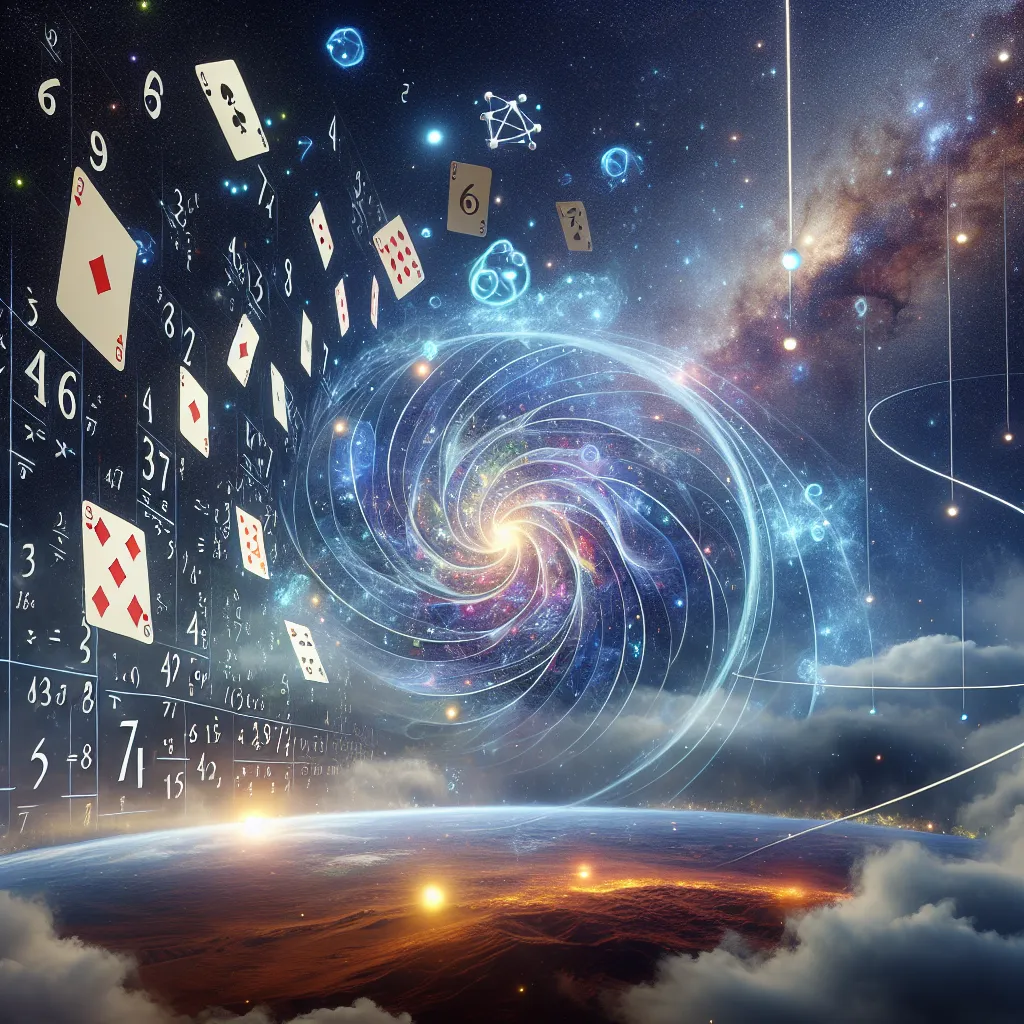There’s something mesmerizing about ancient civilizations and their celestial connections. Teotihuacan, a city that once thrived in what we now call Mexico, was a hub of cultural and religious significance. At its heart is the Temple of the Feathered Serpent, a grand step pyramid dedicated to Quetzalcoatl, the feathered serpent god. Quetzalcoatl has roots that trace back to the Olmec times way before the AD era. It’s in Teotihuacan, though, that this deity truly shone as a pivotal figure. This flying serpent wasn’t just a god; it was a symbol of creation, a bringer of rain and wisdom, embodying civilization itself.
Quetzalcoatl’s story wanders through time and space, re-emerging in the post-classic Maya city of Chichen Itza under a new name: Kukulkan. This city, about 900 miles from Teotihuacan, stands proud with its own massive pyramid meant to honor this feathered god. Every year, a play of light and shadow seems to animate the pyramid, making Kukulkan appear and disappear as if the sun itself is paying homage. It’s as if the structure is whispering ancient secrets, hinting at divine or perhaps extraterrestrial visits.
And it’s not just in Mexico or among the Maya. Across the globe, mysterious dragon-themed structures have sparked imaginations. On a small Greek island, dragon houses speckle the landscape. The largest rests atop Mount Ochi, a place steeped in legend. Locals whisper tales of Zeus descending from the heavens, a story that some connect with UFO sightings. These dragon houses aren’t just pieces of stone; they’re viewed as potential meeting points between heaven and earth, perhaps landing spots for celestial visitors.
Such narratives echo through the annals of ancient China too. The Chinese mythology tells us about Huangdi, the Yellow Emperor, who was born amid radiant starlight. His story mingles with cosmic themes as he emerges from a fire-breathing dragon, leading to China’s first empire. Huangdi is celebrated for innovations like the compass and acupuncture, but what catches attention is his means of transport: a flying dragon that some speculate could have been a misunderstood spacecraft.
These dragon tales aren’t just ancient Chinese whispers. They resonate in Cambodia at the Angkor Wat complex, another testament to cosmic ties. This architectural marvel, according to legend, mirrors the Draco constellation. Was it a call to our ancestral home in the stars? These stone giants, like the serpent effigy in Ohio or the pyramids in Egypt, are meticulously aligned with celestial bodies, suggesting a stellar link.
The tales continue, with the Yellow Emperor’s mythical ascent to the stars on a dragon. Was this poetic imagery or a metaphorical account of something less earthly? It’s intriguing to think that these ancient civilizations, with limited vocabulary, might’ve been trying to describe what they saw or interacted with in the sky. To us, their descriptions might read as legends, but could they be recording something real, something perhaps misinterpreted through the ages?
Every culture seems to have their version, a dragon or serpent god making appearances from the heavens. The Mayans had Kukulkan, the Greeks had dragon houses, and even in Cambodia, dragons are etched into stone, revered as givers of knowledge. With so many parallels, these tales weave a tapestry that stretches across time and space, hinting at a shared consciousness or perhaps a similar experience within different settings.
In Ohio, the Serpent Mound aligns with Draco once more, mirroring the celestial affinities seen elsewhere. These global narratives unite us in a shared heritage of seeking connection with the skies above. Whether through gods like Quetzalcoatl, mythic beings such as the Yellow Emperor, or in architectural alignments, humanity’s gaze has always been upward, seeking understanding from the heavens. The question lingers: are these stories simply myths, or could they be echoes of something real, something witnessed by our ancestors and enshrined in their cultural legends?
Maybe these legends are echoes of humanity’s deepest curiosity, a desire to comprehend our place in the universe. They might be poetic expressions of encounters with the unknown, or a collective effort by ancient cultures to grasp the ungraspable. In the end, perhaps it’s not just about the stories themselves but the shared human experience they embody—the eternal quest for knowledge, understanding, and connection beyond our earthly realm.






